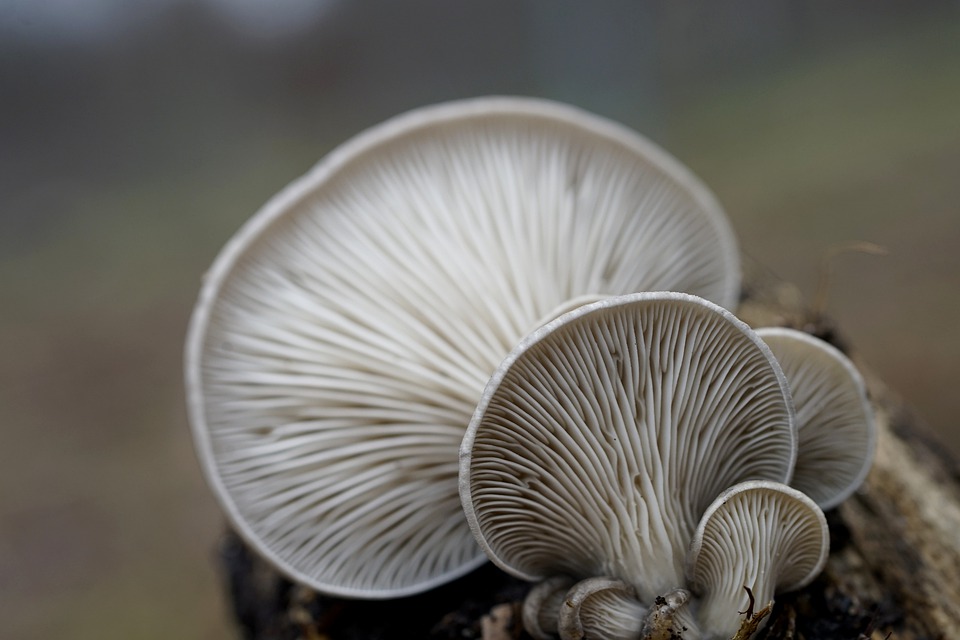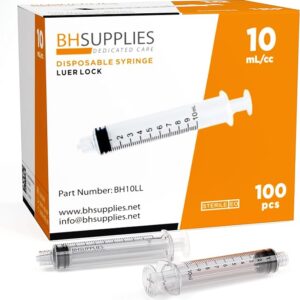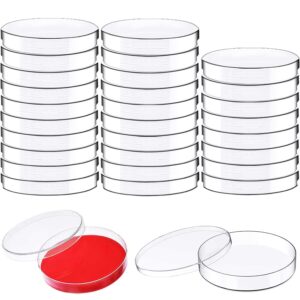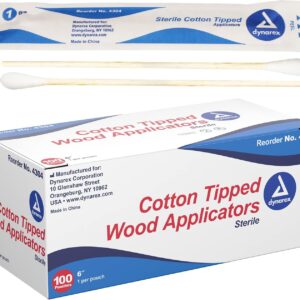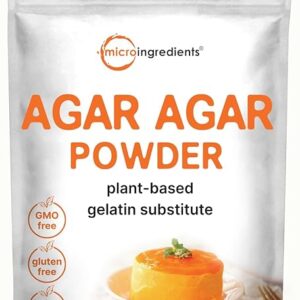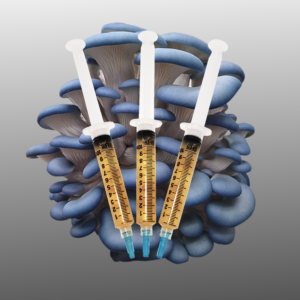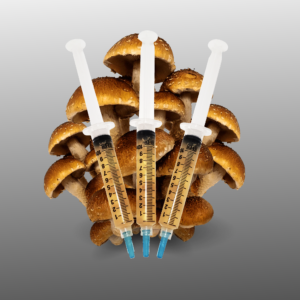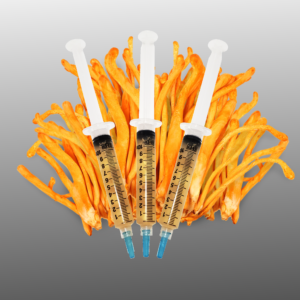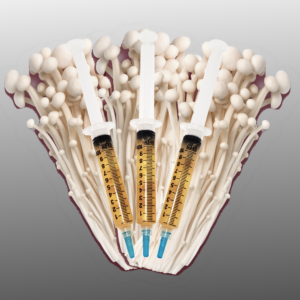Oyster mushrooms, renowned for their delicate flavor and adaptable nature in the culinary world, offer a host of health benefits, particularly in promoting heart health. These mushrooms are low in fat and calories, making them a heart-healthy addition to your diet. Their high fiber content can help regulate cholesterol levels, reducing the risk of cardiovascular diseases.
Moreover, Oyster mushrooms are a source of essential nutrients like potassium, which plays a crucial role in maintaining healthy blood pressure. Their versatility in various dishes allows for creative and heart-conscious culinary exploration. Whether added to soups, stir-fries, or salads, Oyster mushrooms provide a flavorful way to support your cardiovascular well-being while delighting your taste buds.
Oyster mushrooms, with their mild flavor and tender texture, come in various species and varieties, but they typically belong to the genus Pleurotus. These are some common varieties:
- Pleurotus ostreatus (Pearl Oyster): This is one of the most well-known varieties, characterized by its pale to dark gray or beige cap. It’s widely cultivated and recognized for its culinary appeal.
- Pleurotus pulmonarius (Phoenix Oyster): Similar to the Pearl Oyster, the Phoenix Oyster has a pale cap but tends to be smaller and has a more delicate flavor.
- Pleurotus eryngii (King Oyster): This variety is distinct due to its elongated stem and smaller cap. It has a mild, nutty flavor and a meaty texture, making it a favorite for cooking.
In the wild, Oyster mushrooms can be found growing on dead or dying hardwood trees, particularly on stumps or fallen branches. Here’s a simplified explanation of how Oyster mushrooms grow in their natural habitat:
- Substrate Colonization: Oyster mushroom mycelium, the vegetative part of the fungus, colonizes the dead wood. The mycelium consists of a network of thread-like structures that break down and feed on the decaying organic matter.
- Fruiting Body Formation: When environmental conditions are favorable, such as adequate moisture and temperature, Oyster mushrooms form their fruiting bodies. These fruiting bodies emerge from the wood as the part of the mushroom that we harvest and eat.
- Spore Dispersal: Once the fruiting bodies mature, they release spores from their gills into the surrounding environment. These spores are carried by the wind to potentially colonize other suitable dead wood nearby.
Cultivating Oyster mushrooms can be done at home or in controlled environments, but their growth in the wild is an essential part of forest ecosystems, contributing to the decomposition of dead wood and the recycling of organic matter.
Growing Oyster mushrooms, such as Pleurotus ostreatus, at home is a rewarding and relatively straightforward process. Here’s a basic guide on how to cultivate Oyster mushrooms:
Materials You’ll Need:
- Oyster mushroom spores or culture.
- A growing substrate (commonly straw, coffee grounds, or sawdust).
- Sterile bags or containers for the substrate.
- A large pot for pasteurization.
- A clean and sterile work environment.
- A temperature-controlled space (around 70-75°F or 21-24°C).
- A misting bottle for humidity maintenance.
- Indirect light source.
Step-by-Step Guide:
- Prepare the Substrate:
- Depending on your chosen substrate, prepare it by mixing and pasteurizing it to eliminate contaminants. Pasteurization involves heating the substrate to around 160-180°F (71-82°C) and maintaining this temperature for an hour.
- Inoculate the Substrate:
- In a clean and sterile environment, introduce Oyster mushroom spores or culture into the pasteurized substrate. This can be done by adding a small piece of culture to each bag or container.
- Incubation Period:
- Seal the bags or containers and place them in a temperature-controlled space, typically between 70-75°F (21-24°C). During this phase, the mycelium will colonize the substrate, which may take several weeks.
- Misting and Humidity:
- Maintain high humidity (above 90%) by misting the bags or containers regularly. Oyster mushrooms thrive in a humid environment.
- Fruiting Conditions:
- Once the mycelium has fully colonized the substrate, expose the bags or containers to indirect light. This stimulates the formation of fruiting bodies. Maintain a suitable temperature and humidity level for optimal fruiting.
- Harvest the Mushrooms:
- As Oyster mushrooms mature, they can be harvested. Ensure they are still young and tender for the best flavor and texture. Oyster mushrooms can produce multiple flushes, so you can expect additional harvests.
Cultivating Oyster mushrooms at home allows you to enjoy their delightful taste and texture while providing a fresh and nutritious addition to your culinary creations. Proper temperature and humidity control, as well as maintaining a clean environment, are key to a successful harvest.
-
100 Pack -18Ga 1.5inch(38mm) Dispensing Needles with Luer Lock, Individually Packaged
-
10ml Luer Lock Tip Syringes (No Needle) – Sterile, Individually Wrapped – 100 Syringes
-
30 Pack Plastic Petri Dishes with Lids, 90 x 15mm
-
6-Inch Sterile Cotton Tipped Applicators 1 Box of 100 Pouches, 1 per Pouch
-
Agar Agar Powder, 1lb
-
Blue Oyster Liquid Culture
-
Chestnut Mushroom Liquid Culture
-
Cordyceps militaris Liquid Culture
-
Enoki Mushroom Liquid Culture

